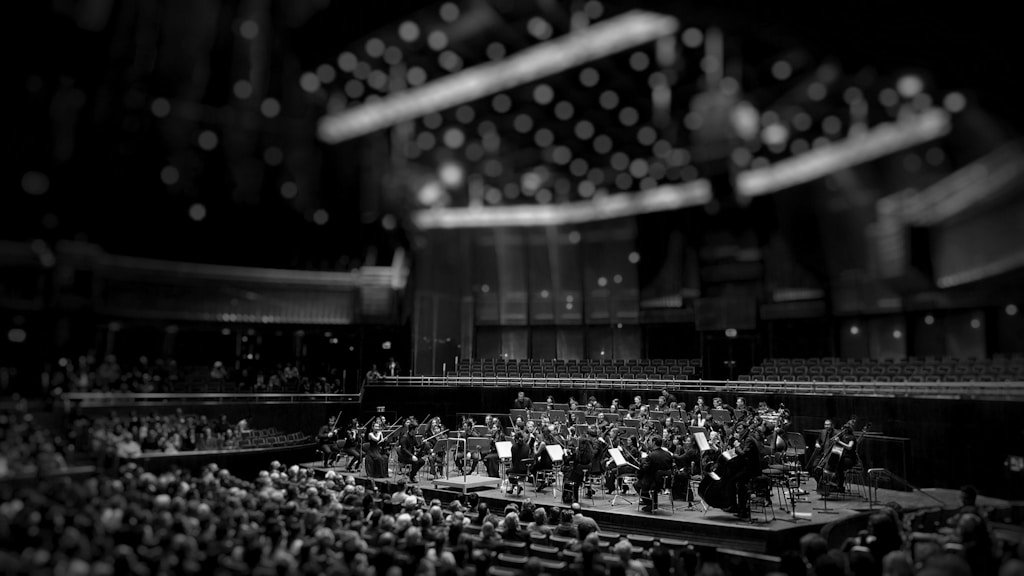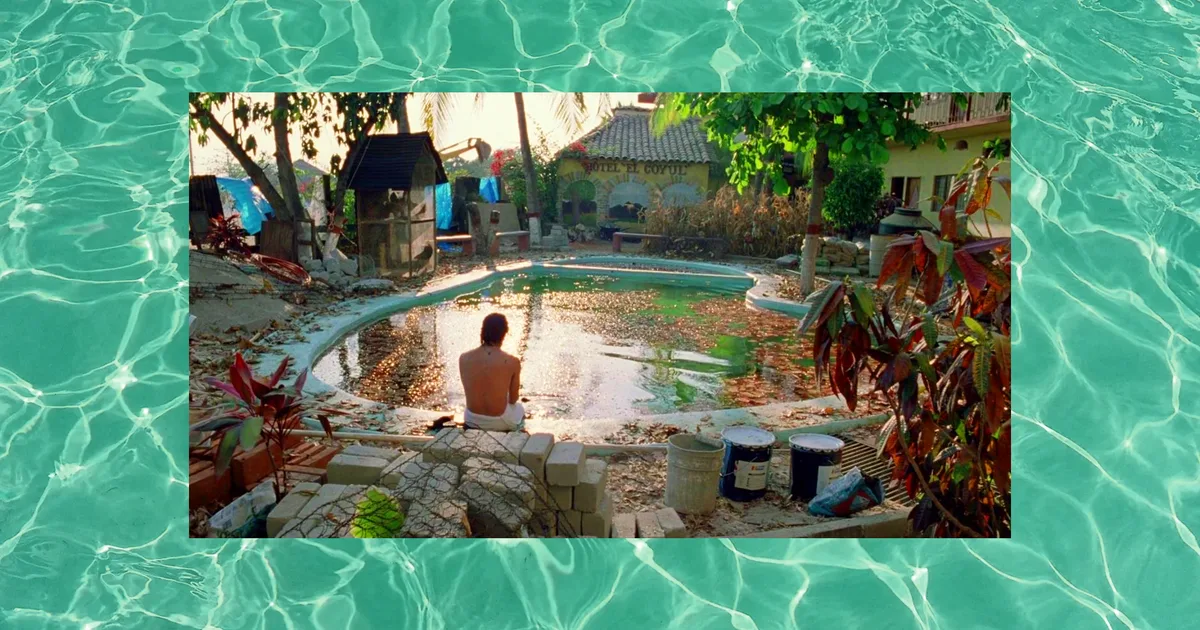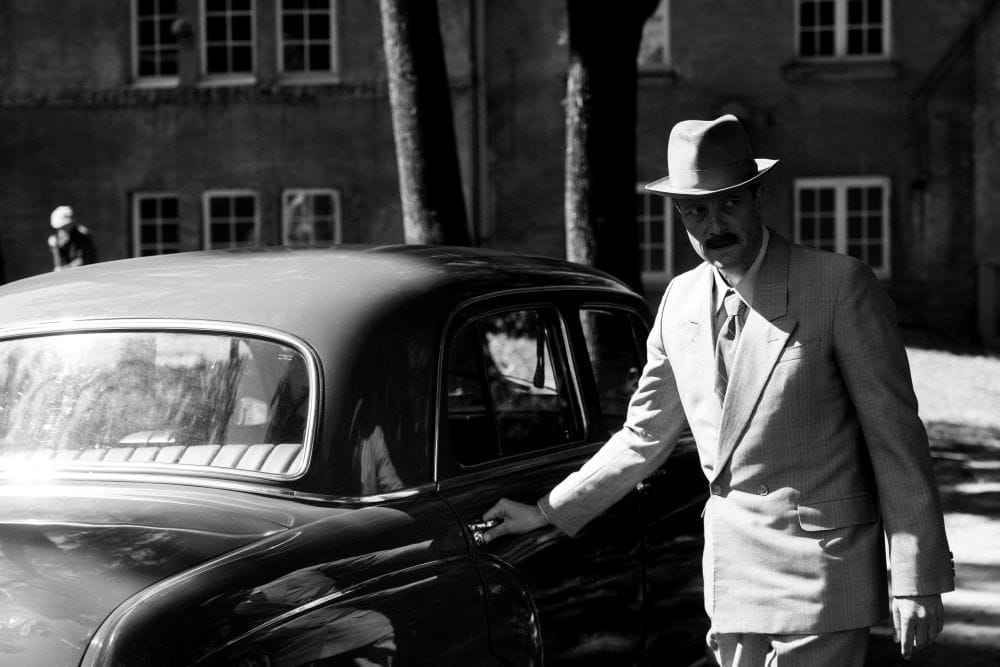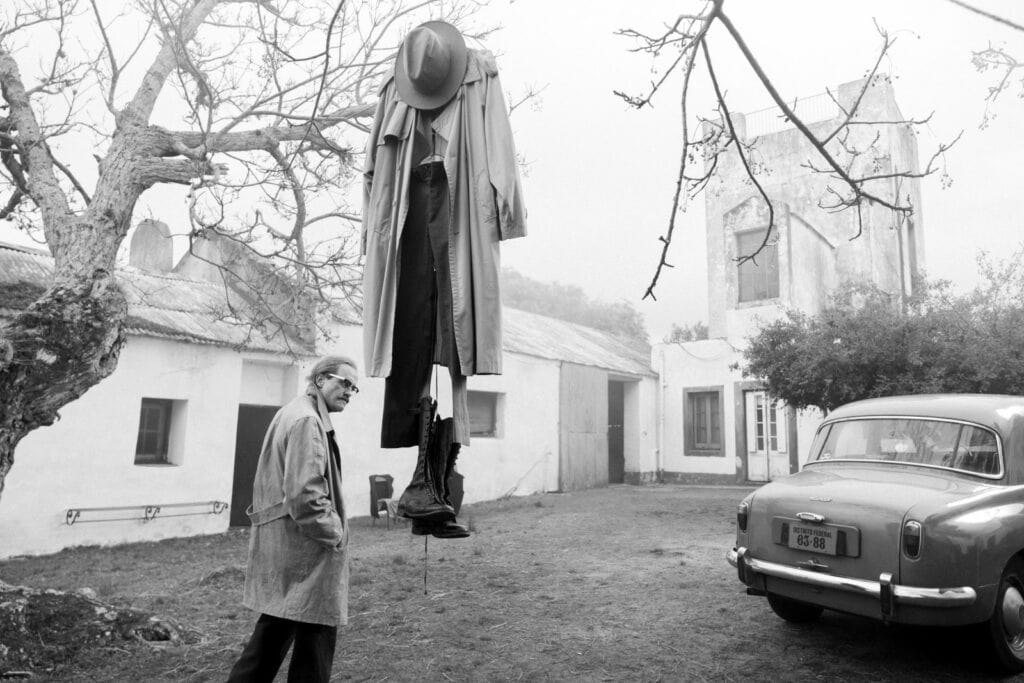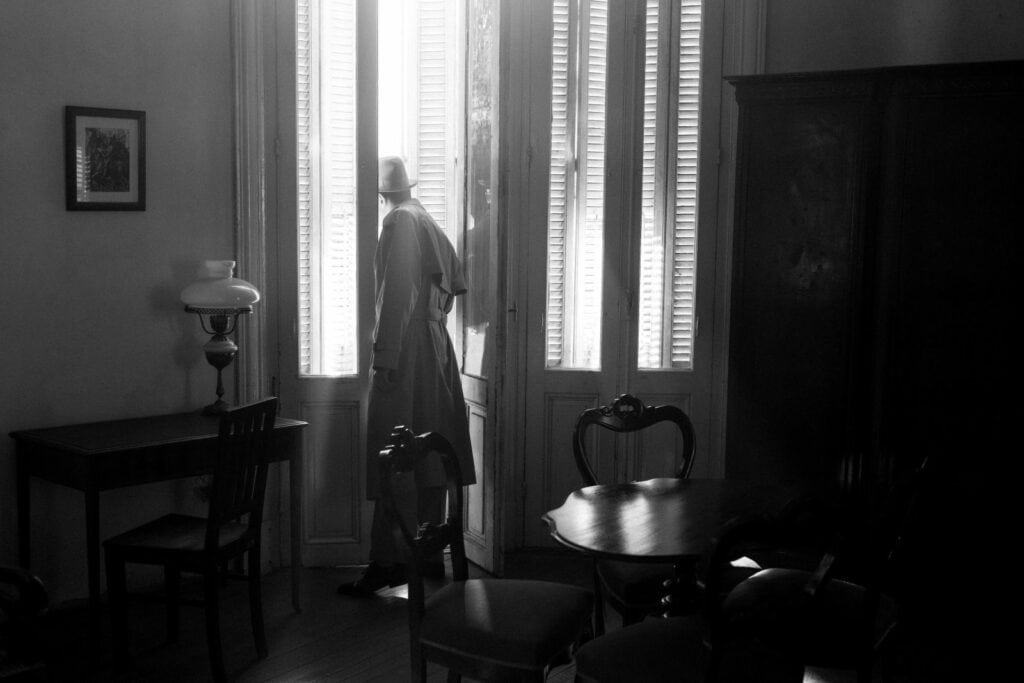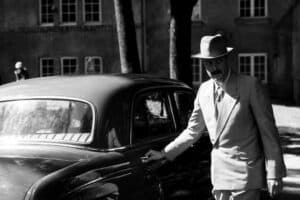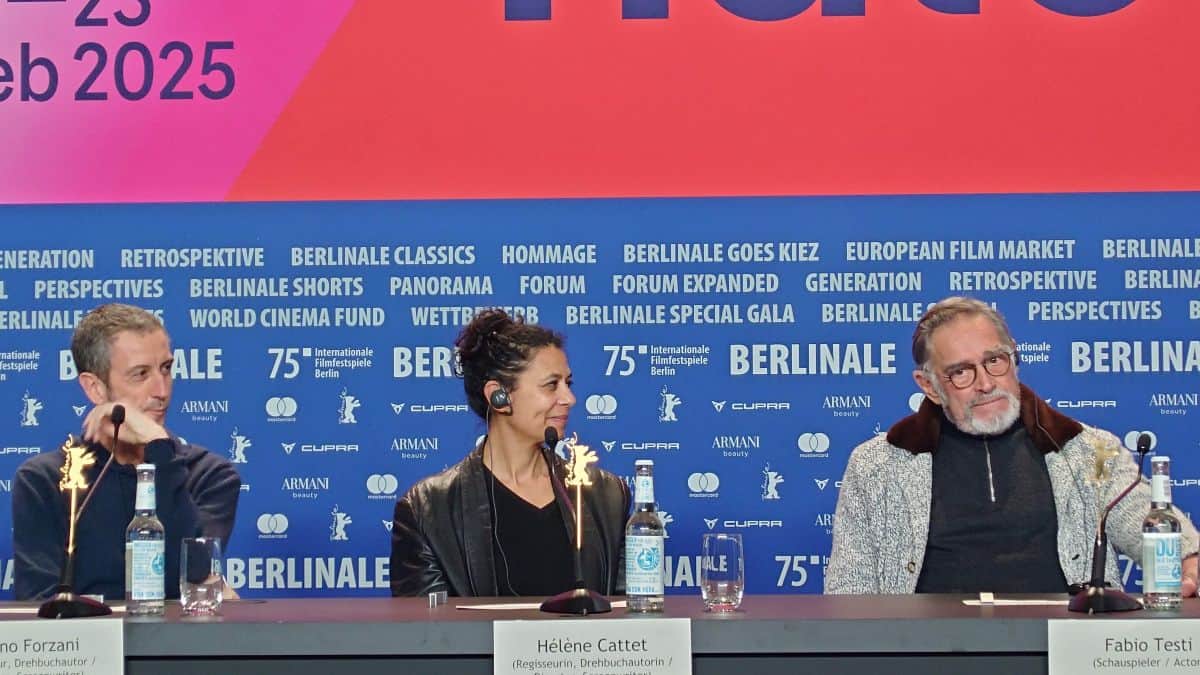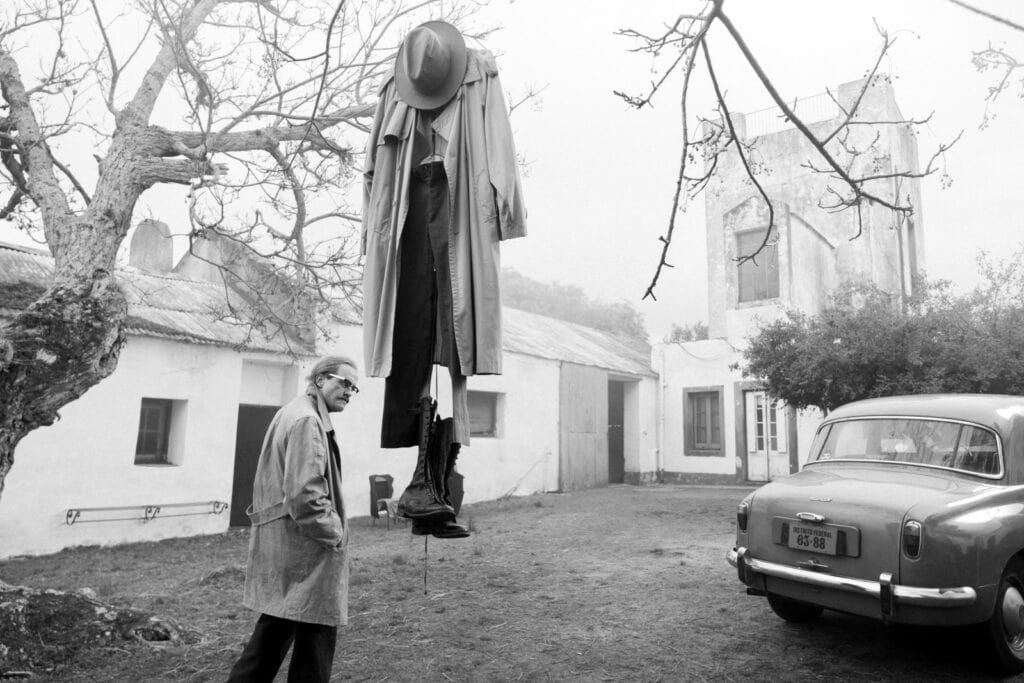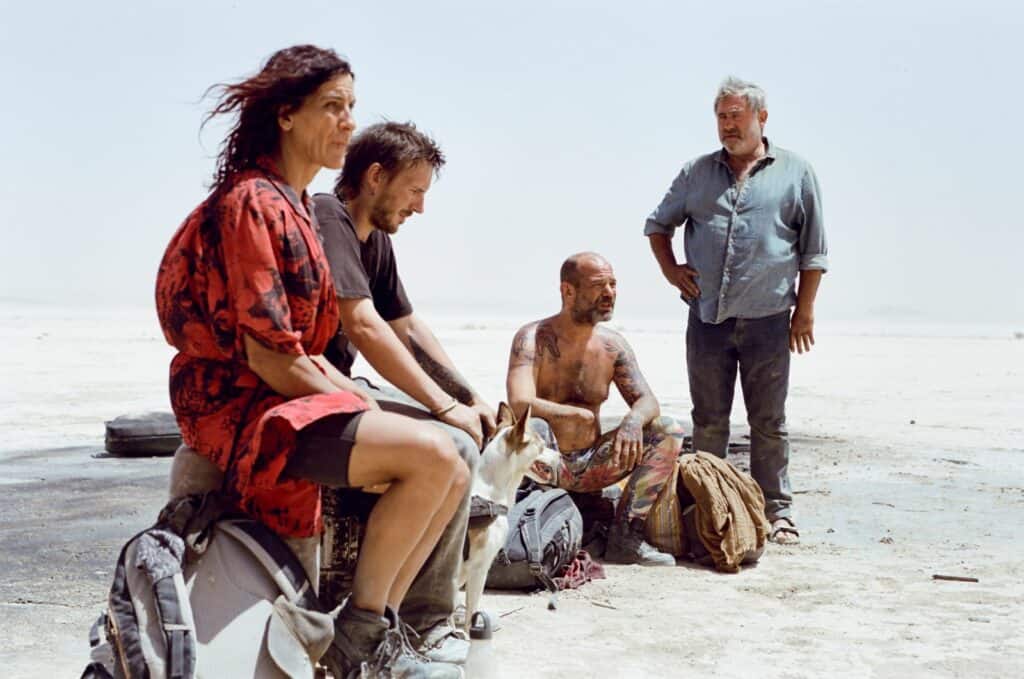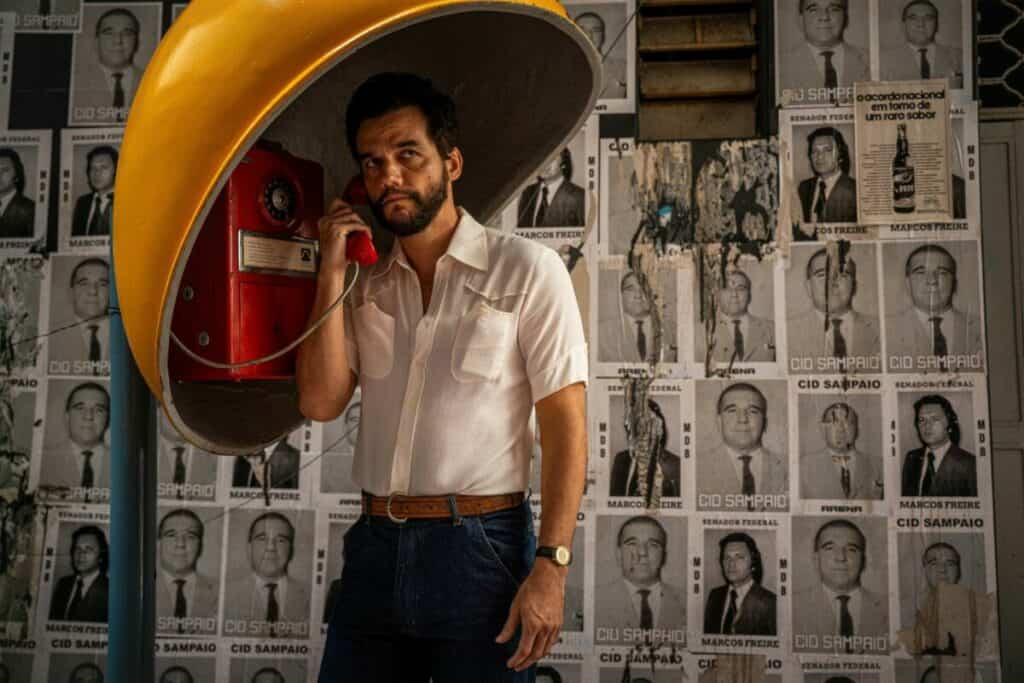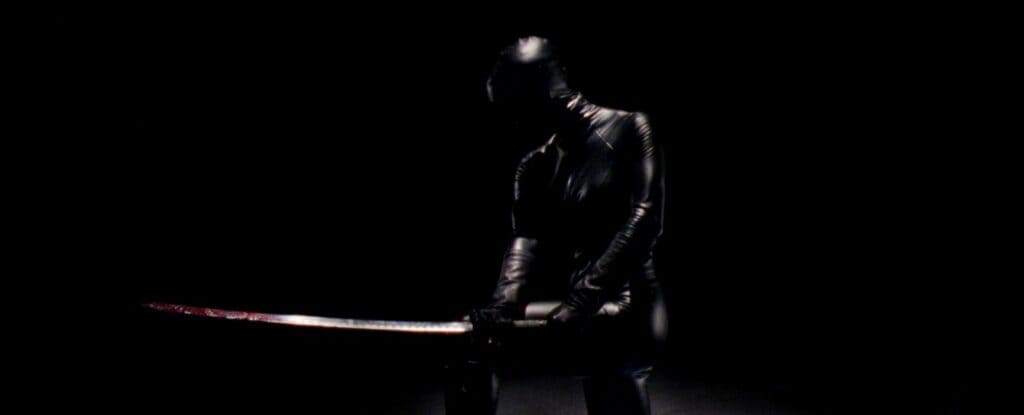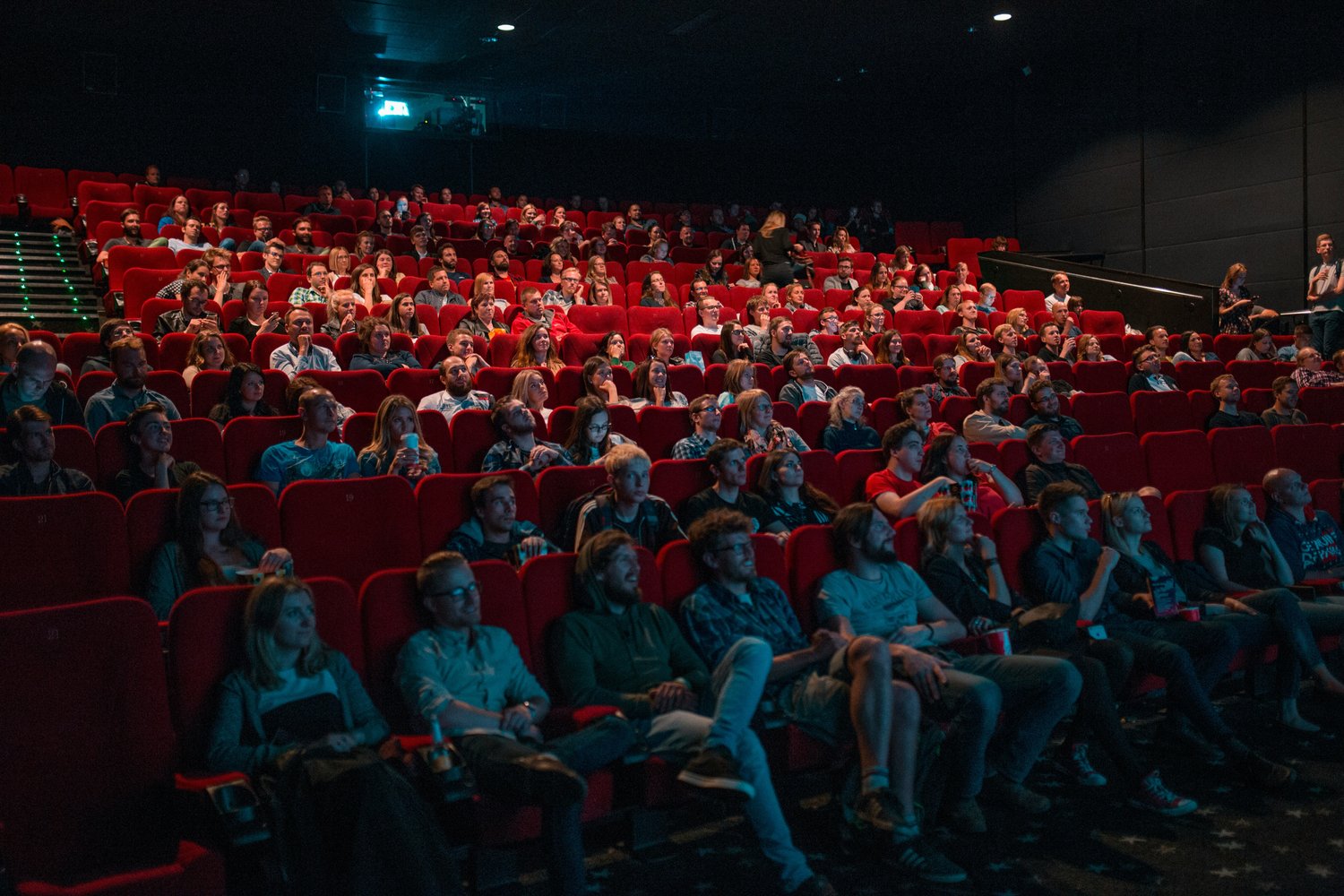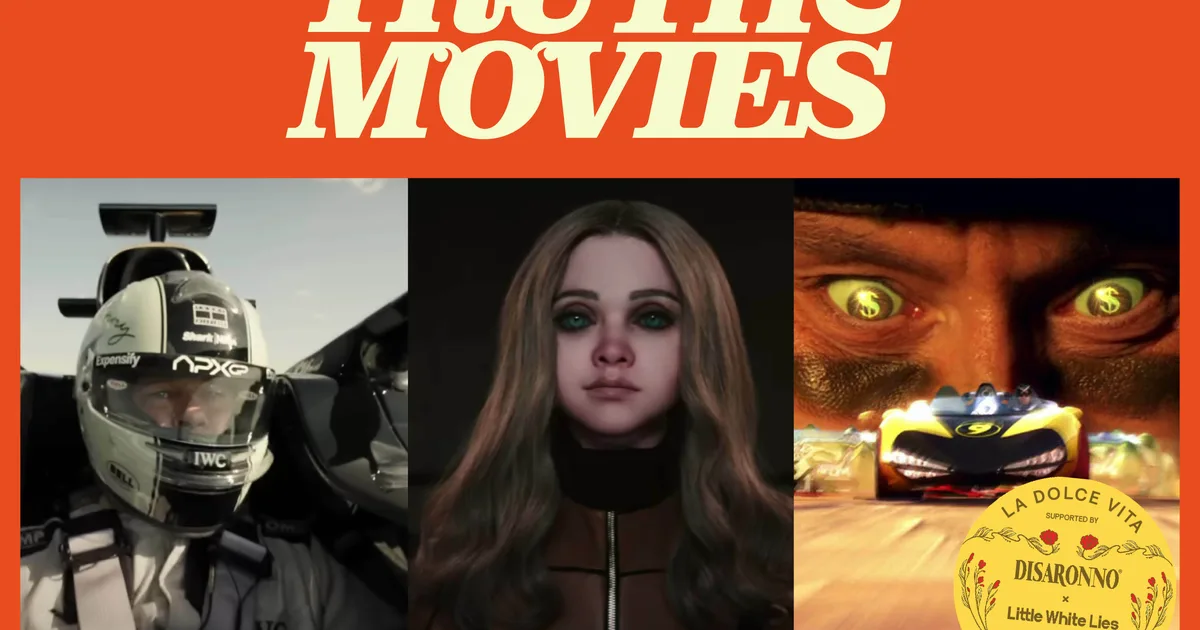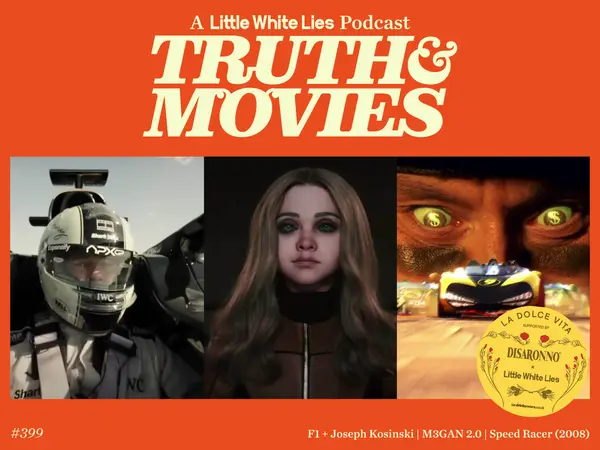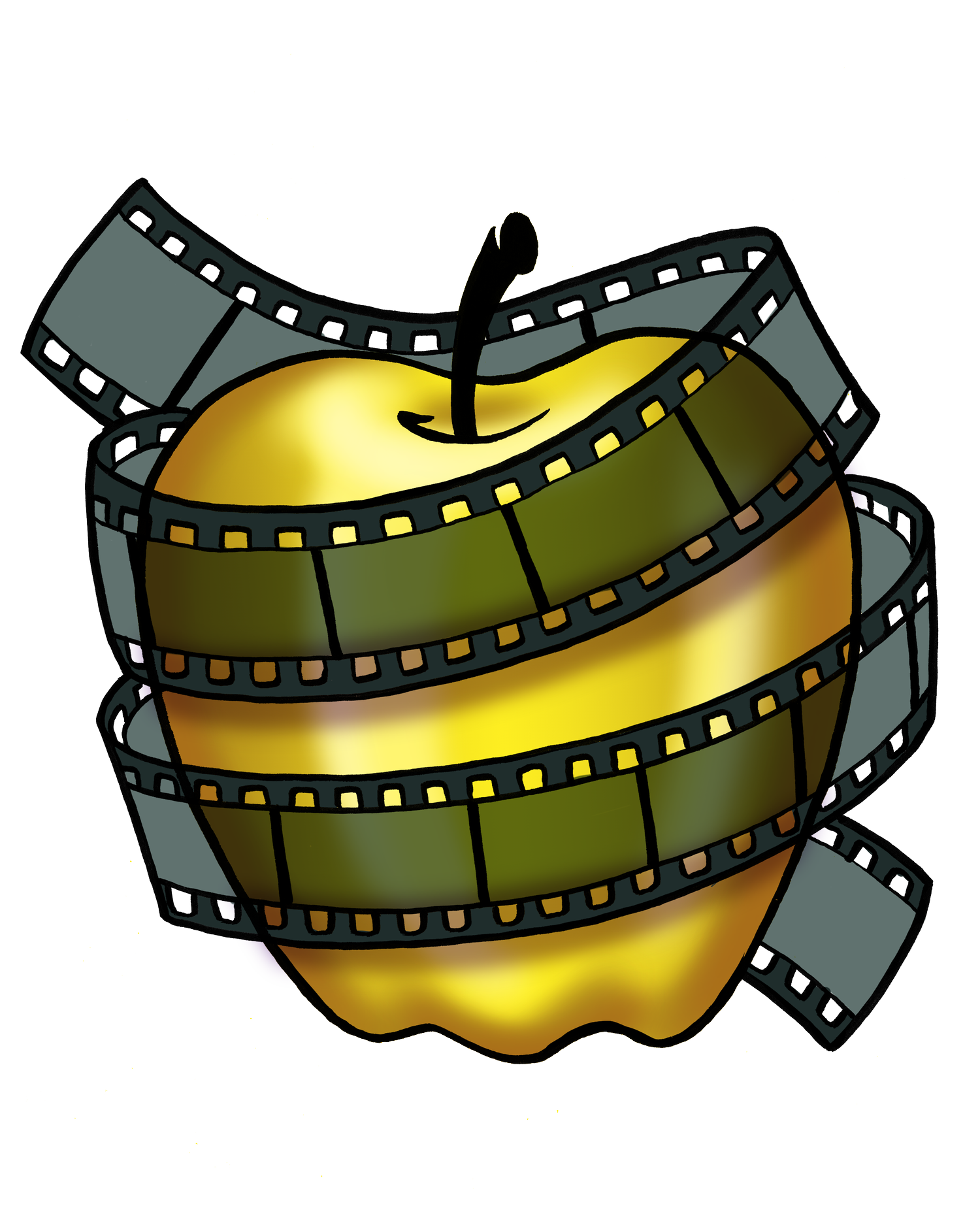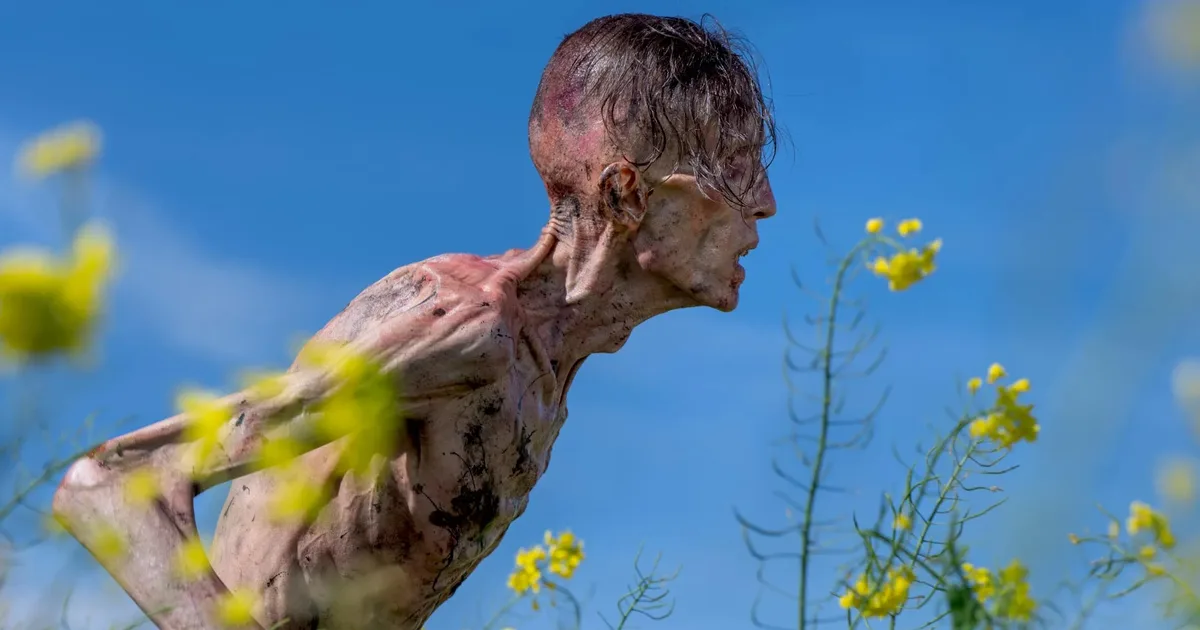Early Years
Claudia Cardinale was born Claude Joséphine Rose Cardinale in La Goulette, French Tunisia, on April 15, 1938, to Sicilian parents. Growing up, she was trilingual, mastering French, Sicilian, and Arabic. Cardinale was educated at the Saint-Joseph-de-l’Apparition School of Carthage. She then studied at the Paul Cambon School, where she graduated intending to become a schoolteacher.
Modeling and Acting in the 1950s
In 1956, a Brigitte Bardot-obsessed Cardinale appeared in a short feature, Anneaux d’or, by French director René Vautier. This turned Cardinale into a local celebrity in French Tunisia. The following year, she won the “Most Beautiful Italian Girl in Tunisia” contest. This, in turn, earned her a trip to the Venice Film Festival as 1st prize.
In Venice, several producers were interested in her shooting a screen test for them in Rome. The results of these tests weren’t good, as they felt she was incapable of giving a credible acting performance. Discouraged, she returned to Tunisia. In 1958, she appeared in Goha with Omar Sharif, which was her first appearance in a feature film. The producers of this picture wanted an actress from Tunisia specifically to play opposite Shariff.

Soon after, Cardinale discovered that she was pregnant. She decided to keep the child, and soon she signed a seven-year exclusive contract with Italian producer Franco Cristaldi’s production company, Vides.
Cardinale filmed two movies while secretly pregnant: Big Deal On Madonna Street and Three Strangers In Rome. She then traveled to England to give birth to her son, who would be raised by her parents, as her brother. As the decade came to a close, Cardinale appeared in a few more movies. However, nothing she appeared in was very notable. Yet, in the next decade, the actress would appear in some of the most acclaimed and most famous movies of all time.
Breakout in the 1960s
The 1960s began with Cardinale working with Italian director Mauro Bologini in Il bell’ bell’Antonio. She would collaborate with the director several times over the next few years. Cardinale would also star in several European movies, including Cartouche, Napoleone ad Austerlitz, and Time of Indifference.

Her breakthrough year would come in 1963. First, she would star opposite Burt Lancaster in The Leopard, as well as a memorable appearance in Federico Fellini’s 8 1/2. These acclaimed movies were filmed simultaneously, with Cardinale bouncing between the strict, disciplined set of The Leopard to the chaotic and improvisational set of 8 1/2. These two films would be the first in which her voice was not dubbed.
Next, Cardinale would appear in The Pink Panther (1963), which starred David Niven and Peter Sellers, and Time of Indifference (1964), with Rod Steiger and Shelley Winters. After the completion of the latter, she would begin to star in Hollywood movies.
Hollywood Years
From 1964 to 1967, Cardinale would appear in several American movies. She took the risk of not signing an exclusive contract, which was being offered by Universal.
“…I took care of my own interests, blankly refusing to sign an exclusive contract with Universal Studios. I Only signed for individual films. In the end, everything worked out fine for me…”
– Claudia Cardinale

The first of her Hollywood movies was Circus World, which starred Rita Hayworth and John Wayne. She also starred in Blindfold with Rock Hudson. Cardinale and Hudson would subsequently become the closest of friends.
Next, Cardinale appeared with Anthony Quinn in Lost Command, which she followed up with her best American movie, The Professionals – a Western that also starred Lee Marvin, Jack Palance, and re-teamed the actress with Burt Lancaster. After starring in the critically panned comedy Don’t Make Waves with Tony Curtis and Sharon Tate, she returned to Italy. During her time in Hollywood, she became friends with Steve McQueen, Barbara Streisand, and her then-husband Elliot Gould.
End of the ’60s
In 1967, she married Italian director Franco Cristaldi in Atlanta; however, the marriage was never made official in Italy, and so it wasn’t legally binding. Cardinale and Crisaldi would eventually split up, ending their marriage in 1975.
The following year, Cardinale appeared in The Day of the Owl, in which she won the David Di Donatello Award for Best Actress. She followed this up with the Italian comedy A Fine Pair, which co-starred her friend from Hollywood, Rock Hudson. Next, Cardinale would appear in Sergio Leone’s classic Western Once Upon a Time in the West, co-starring Henry Fonda and Charles Bronson. The actress would end the greatest decade of her career playing opposite Sean Connery in The Red Tent.

Later Years
Claudia Cardinale has had a steady acting career from the 1970s through today, most recently appearing in a 2020 Swiss mini-series, Bulle, as well as the French Netflix movie Rogue City, released that same year.
“Usually, you live only one life but I have lived 154 lives.”
– Claudia Cardinale
Her work during these several decades has predominantly been in Europe. Other notable roles over the years include 1971’s The Legend of Frenchie King with Brigitte Bardot and 2010’s Signora Enrica, for which she won the Golden Orange Best Actress Award at the 47th Antalya International Film Festival.
Cardinale lived with Italian film director Pasquale Squitieri from 1975 until he died in 2017. Still going strong at 87, Cardinale currently resides in Paris. Since 2000, she has been a UNESCO goodwill ambassador for the Defence of Women’s Rights and is an outspoken supporter of both women’s and gay rights.
If You Enjoyed This Article, We Recommend:
Scholars’ Spotlight: Brigitte Bardot (Click Here)
Scholars’ Spotlight: Sharon Tate (Click Here)
Scholars’ Spotlight: Bond Girls – Part 1 (Click Here)
Keep up with Cinema Scholars on social media. Like us on Facebook, subscribe on YouTube, and follow us on Twitter and Instagram.
Related
